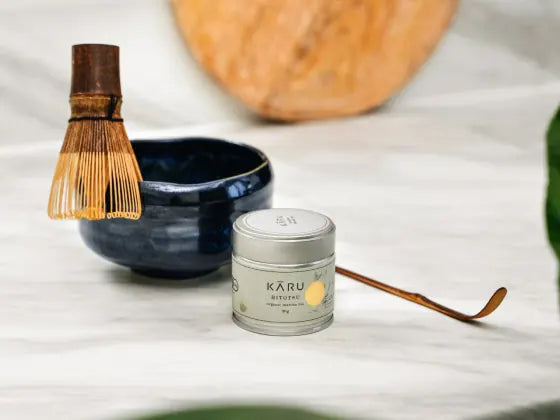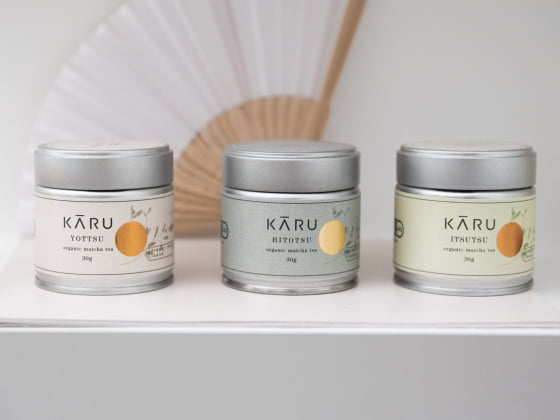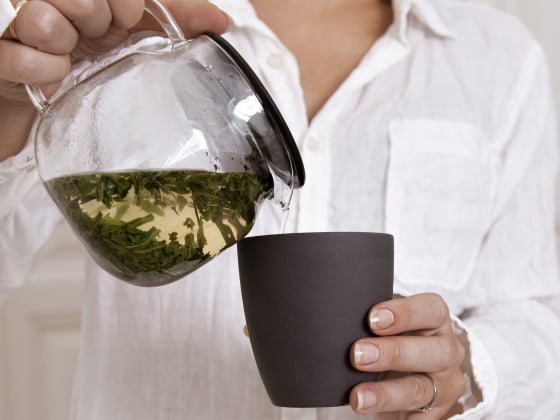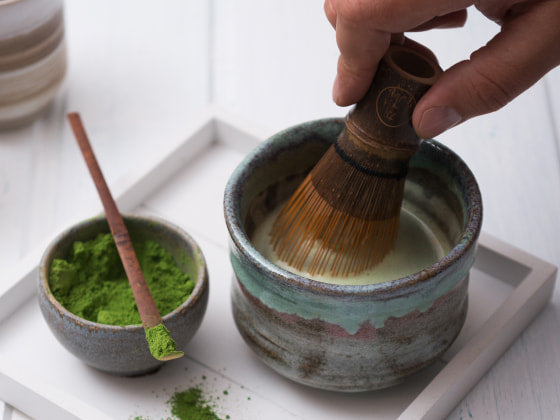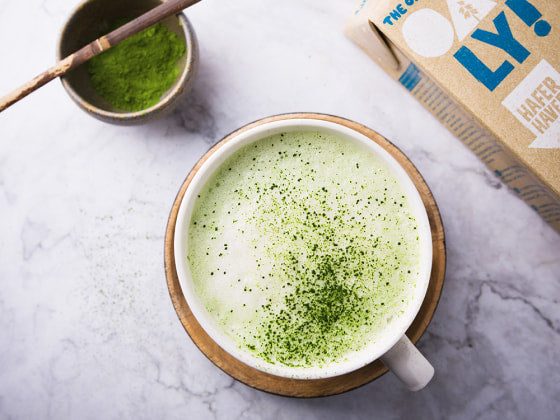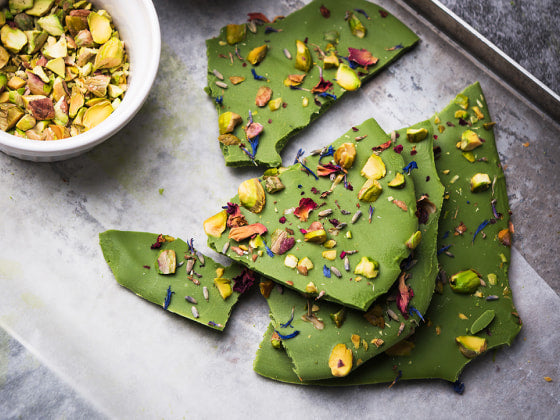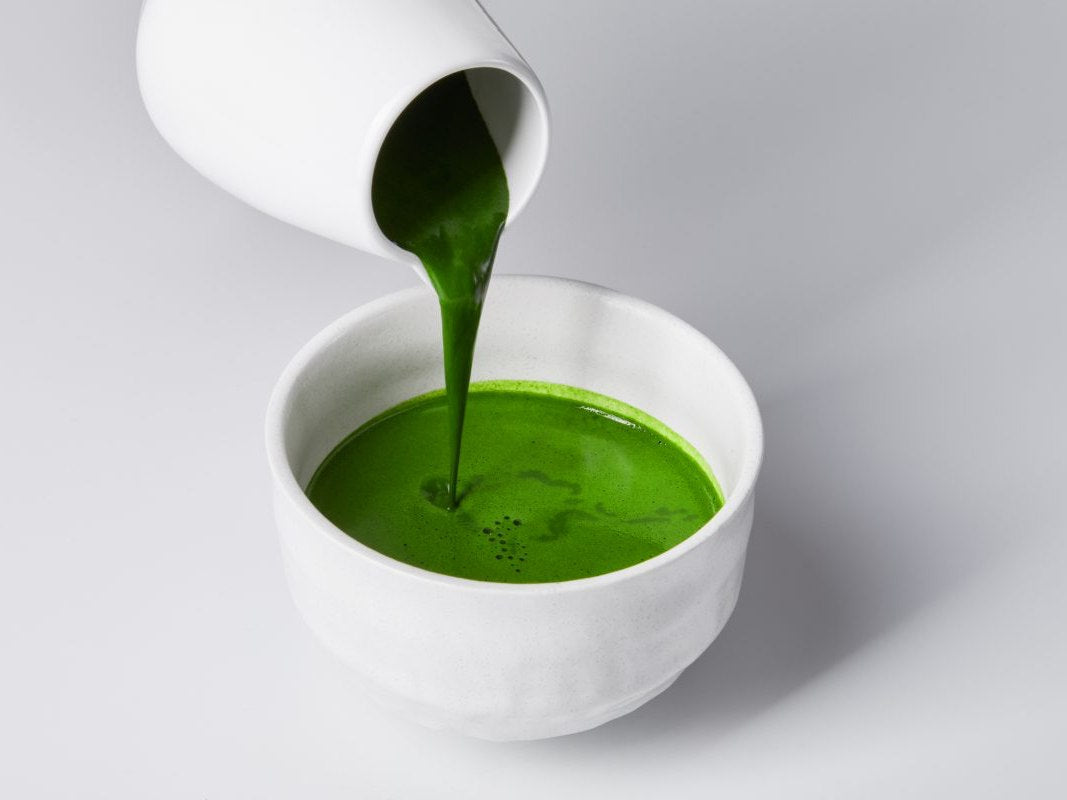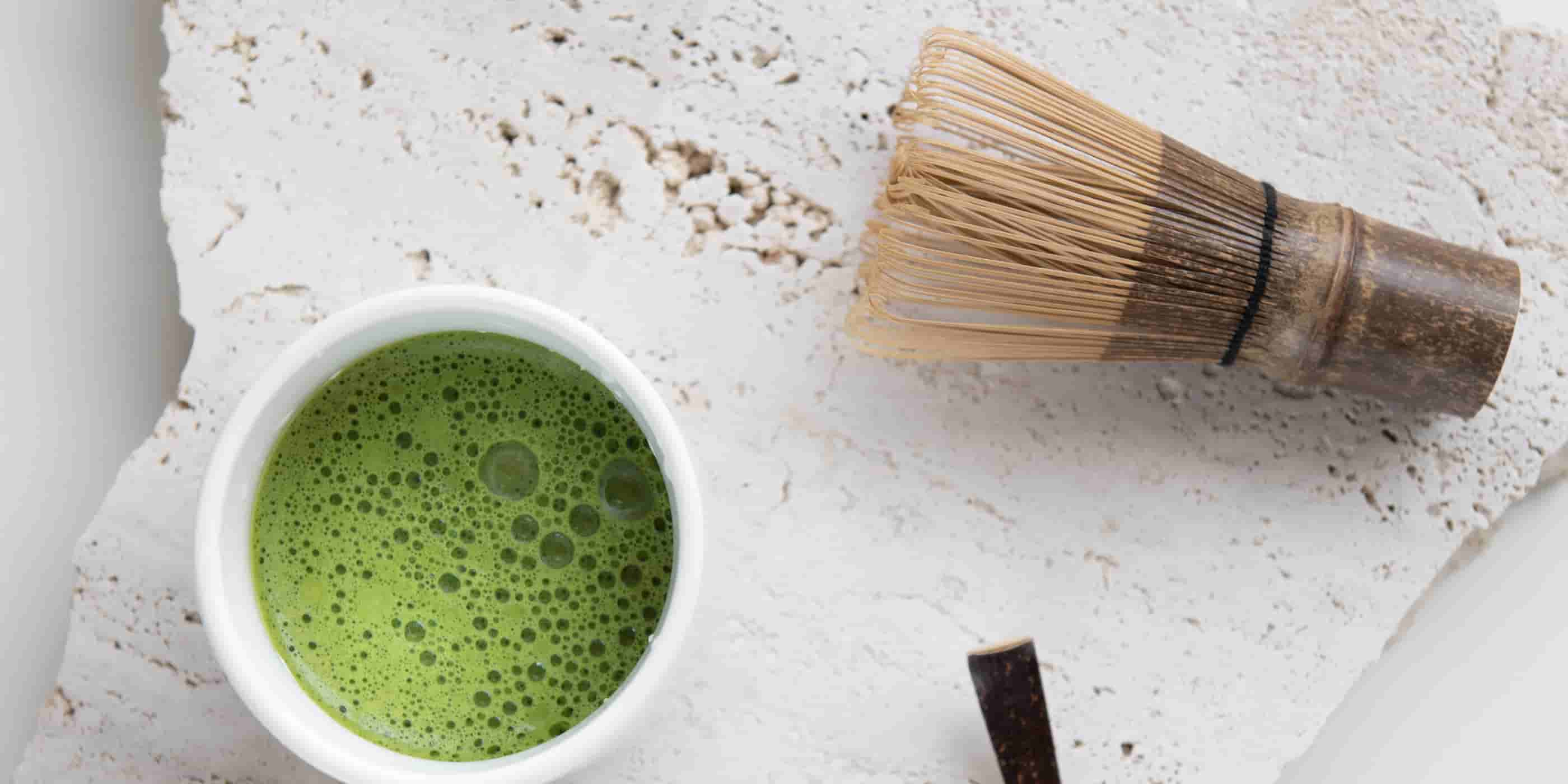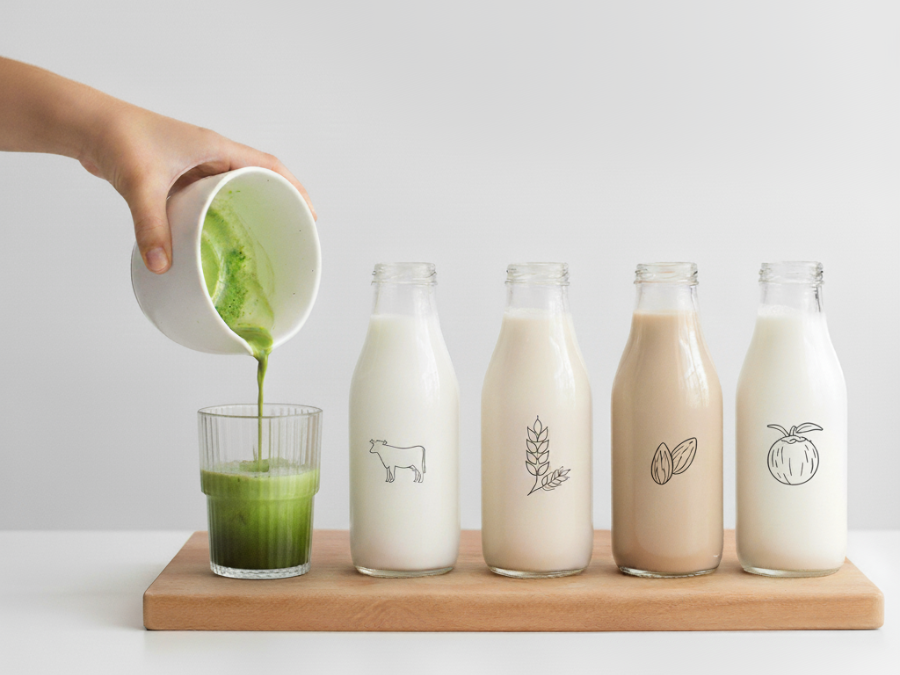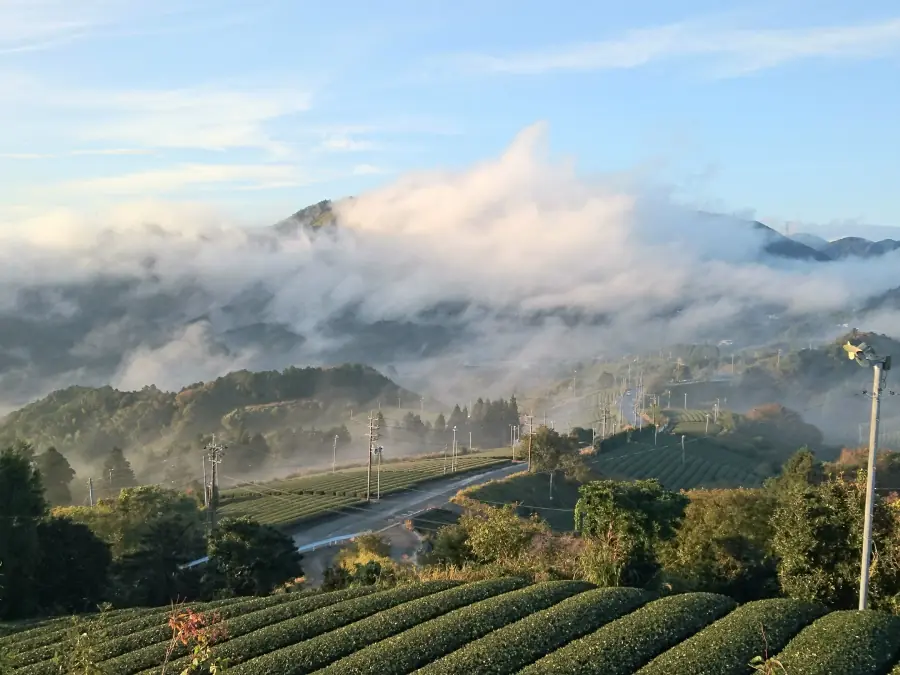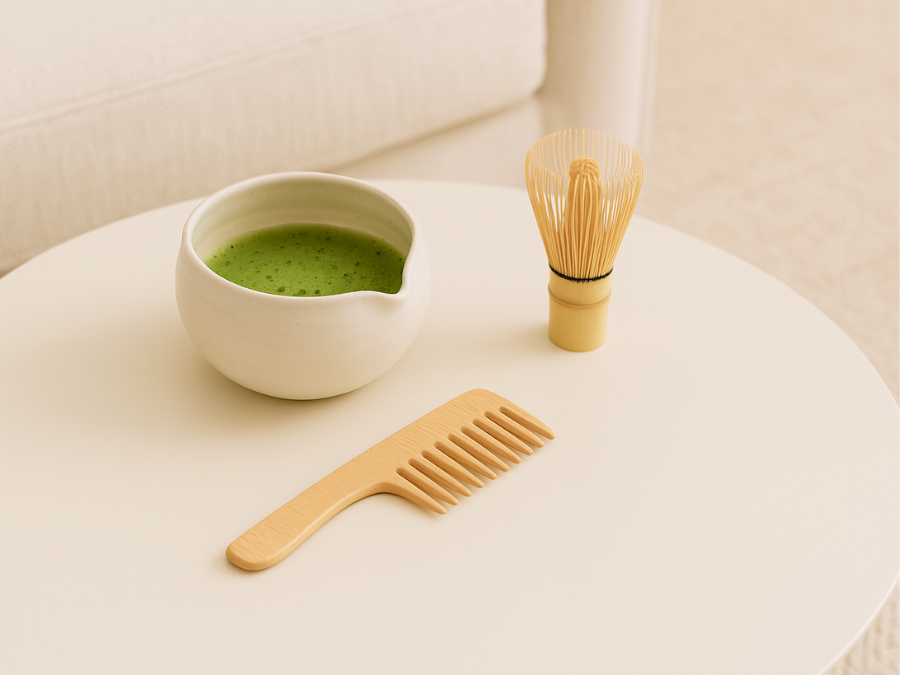There are still a large number of people who have not yet no experience with matcha tea. Although most people have heard of it and have a rough idea of what matcha is, they have not yet tried the fine green powder themselves. It therefore makes sense for them to find out more information before buying the tea. And there are now all kinds of information, rumors, tips and recommendations about finely ground green tea. So let's take a closer look at these claims today and find out what's true.

1. matcha tea is healthy
This is probably the classic and one of the main reasons why matcha has gained such a large following in such a short time. Thanks to a variety of ingredients, above all antioxidants, amino acids and vitamins Matcha tea is considered to be particularly healthy. And indeed, the fine powder has a much higher nutrient density than conventional teas and many stimulating and necessary ingredients for our body. You can find out exactly which substances are contained read here.
The claim "Matcha tea is healthy" is therefore obvious, but due to the current EU Health Claims Regulation, we are cautious with such health claims and recommend that you decide for yourself whether the tea could be good for you or not based on the ingredients it contains.
2. matcha tea makes you alert and focused
Let's stay on the subject of ingredients. In addition to the antioxidants, amino acids and vitamins mentioned above, matcha tea is also said to have a high caffeine concentration which makes you alert and focused. But what's the truth? Matcha does indeed have a very high caffeine content (60-80mg) per serving (2g), which can be compared to a strong espresso.

The caffeine content of matcha
Although the caffeine content of matcha may seem high at first, it provides more than just a short-term energy boost. Instead of the sudden adrenaline rush that coffee can trigger, the caffeine in Matcha gently and constantlywhich leads to a balanced, lasting alertness. Instead of slamming the door, Matcha knocks softly and then gently guides you through the day.
This special experience will be the amino acid L-theanine which is found in large quantities in matcha. L-theanine helps to modulate the effect of caffeine, avoid unwanted energy drops and create a stable state of alertness and concentration.
"The caffeine in matcha tea, paired with L-theanine, provides a gentle, long-lasting energy boost without the typical side effects often associated with coffee."
But it also applies CautionDespite its calming properties, the high caffeine content in matcha is not suitable for everyone, especially people who sensitive to caffeine or suffer from certain medical conditions. It is always advisable to consult a doctor before significantly altering your caffeine intake.

Caffeine content in comparison
With 60-80mg of caffeine per 2g serving, matcha offers a similar caffeine kick as a strong espressowhich typically contains around 60-70mg of caffeine. Here is a comparison of the caffeine content of matcha with other popular drinks:
- Matcha tea: With 60-80mg of caffeine per 2g serving, matcha is on par with a strong espresso.
- Espresso: A strong espresso usually contains around 60-70mg of caffeine.
- Filter coffee: One cup (240ml) usually contains around 95-200mg of caffeine, depending on the variety and how long it has been brewed.
- Black teaA cup (240ml) normally contains about 14-70mg of caffeine.
- Green tea: One cup (240ml) usually contains about 30-50mg of caffeine.
This is the concentration of the stimulant many times higher than in all other types of tea. In contrast to coffee, however, the caffeine is in bound form which is why it slower absorbed by the body. As a result, the effect lasts much longer and is less stimulating. Why the fine powder is a real alternative to coffee is explained in this article explained in more detail.
3. matcha does not taste good
Matcha is a comparatively new product on the German market. Many people have never tried matcha before and therefore don't know what to expect. It is therefore all the worse if they are bitterly disappointed in the truest sense of the word when they taste cheap, bad tea for the first time. Because first impressions make all the difference. And if the first impression of a 9€ matcha from the drugstore it's not a good start.
 Matcha is a pleasure when the quality is right.
Matcha is a pleasure when the quality is right.
These inferior teas have nothing in common with real matcha. They are neither sweet nor complex nor creamy and fullbut only bitter, slightly sour and watery. Sometimes the taste of bad matcha is also reminiscent of seaweed and fish. This makes it anything but a good start in the world of matcha teas. This also quickly explains why some prejudices against the fine powder have become so entrenched in people's minds. But trust us. There is another way. Really good matcha tea is delicious.
It is characterized by subtle but complex aromas, has a heavy, creamy body and is slightly sweet and buttery in taste. Skeptical? Try it too. You'll be surprised. How you can tell the difference between the various qualities and how to taste matcha properly, here.
Another factor that can have a negative impact on the taste of matcha is the wrong storage. If matcha is exposed to light and air, it can quickly lose its aroma and taste. For this reason, airtight and light-protected packaging is essential.
4 Matcha is just another one of these super food trends
The last few years have been characterized by countless super food trendsin which new foods with supposedly indispensable effects on our health have been organism were offered. Be it chia seeds, goji berries, moringa or maca; the list of new, seemingly unbeatable all-rounders is never-ending.
Matcha has been used in an infinite number of recipes as a healthy secret ingredient that adds to the end result. in terms of color and taste a special nuance to the final result.
And the ingredients and effects of these foods and superfood recipes should not be called into question here. However, these products are usually reduced purely to their effect and the taste is secondary at best. This may also explain why the trends die down just as quickly as they emerged, why one trend follows the next and why there is a real competition of superlatives when it comes to the descriptions of the individual superfoods.
The latest trend is usually also the best, healthiest and only true one. A development that should at least be questioned.So is matcha just another trend that lasts for a few years before being replaced by a new one? It depends.
Good matcha tea is more than just a food that is characterized by its effects and ingredients. Good matcha is a stimulantfull of culture, craftsmanship and passion. It is not without reason that it has been cultivated and drunk in Japan for centuries. Matcha tea is therefore more comparable to good wine or whisky. The only difference is that in addition to the fine taste and complex aromas, the tea is also characterized by positive effects on the body. If we focus on quality, we will establish a new stimulant rather than a supposed miracle cure.

5. matcha is completely overpriced
Matcha sometimes costs €1 per gram and more. This quickly raises the question of whether such a price for ground green tea is justified. It's all just marketing and a rip-off. But let's take a look at how the price of matcha is made up.
The quality of matcha and its price justification
To understand the high cost-effectiveness of matcha, one must first consider the quality and special cultivation of this noble green tea variety, which requires a high degree of expertise and sophistication in its process. The plant from which matcha is made is called tencha. It is the noblest of all green tea varieties and its cultivation is extremely complex and labor-intensive. This special cultivation contributes significantly to the price.
The Tencha plant is shaded for weeks before harvesting. This process controls and reduces the amount of light reaching the plants, which serves to stimulate the production of chlorophyll and amino acids and ultimately improve the quality of the tea. The controlled light deprivation and special fertilization are crucial for the development of the characteristic properties of matcha, such as its intense taste and bright green color.
However, this process is a balancing actas too much shading can inhibit the plant's development and reduce the yield. It takes a lot of experience and knowledge to control the light deprivation so that the plant develops exactly the characteristics it should, but is not too dark and thus suffers in its development. The expertise required and the time-consuming care of the plants therefore contribute to the pricing.
Quality factors |
Effects on the price |
| Special cultivation (overshadowing, fertilization) | Increases labor and costs |
| Professional competence and experience | Specialists are necessary and increase production costs |
| Quality control and yield | The lower yield due to the focus on quality increases the price per unit |
With these factors in mind, it is easy to see why the price of matcha tea is justified. Every aspect of its cultivation and production requires careful consideration and measures to ensure quality. The high price therefore reflects the quality, effort and care that goes into every step of the matcha production in every step of matcha production.

Only through the correct shading the plant produces more amino acids and thus its complex and buttery character. Then, for the best tea, only the top two, most tender leaves are harvested by hand for the best tea and dried. You can imagine that it takes many of the small, fresh leaves to produce a large quantity of tea.
The leaf veins and stems are then removed from the dried leaves so that only the tender leaf flesh remains. This is now placed on specially made granite stone mills into an extremely fine powder. In one hour, this process produces just 30-70g of matcha powder per mill.
If you now take all the steps from the cultivation to the harvest to processing, it quickly becomes clear that it takes a lot of time and effort to produce good matcha. It takes a lot experience, dedication and know-howto produce a tea that meets the highest standards. The price for good matcha is justified accordingly.
Now it is up to you to find out which rumors are really true and whether matcha tea delivers what it promises. We can only give you the tip not to believe everything that is said out there. Make your own experiences. You will be surprised.
6. the preparation of matcha is far too complicated
A common comment about matcha tea is that it can be complicated to prepare. In fact, the preparation of matcha differs from the preparation of conventional teas. It requires precision and care, especially to get the best flavor and the full range of health benefits. This can be daunting for some, especially those who are used to the simple process of steeping a tea bag.
"Matcha is complicated to prepare."
To make matcha tea, you need special utensils such as a bamboo whisk and spoon, a matcha tea cup and a tea strainer. The process starts with sieving the tea powder to remove lumps. Hot, but not boiling, water is then added. The tea is then brewed with the bamboo whisk until it becomes frothy. This process, although demanding, promotes mindfulness and presence, and many find it extremely meditative and relaxing.

Despite this apparent complexityonce you get the hang of it, making matcha tea can be an enjoyable and rewarding experience. routine and rewarding routine. And considering the numerous health benefits that this green tea offers, you could say that the effort is well justified. Therefore, although the preparation of matcha tea may seem complex, it is ultimately a matter of practice and familiarization.
It is therefore clear that matcha tea is both advantages and disadvantages disadvantages. It is up to each individual to weigh up whether the potential health benefits are worth the extra time and effort required to prepare it. Give it a try and be surprised at how diverse your journey into the world of matcha tea can be.




